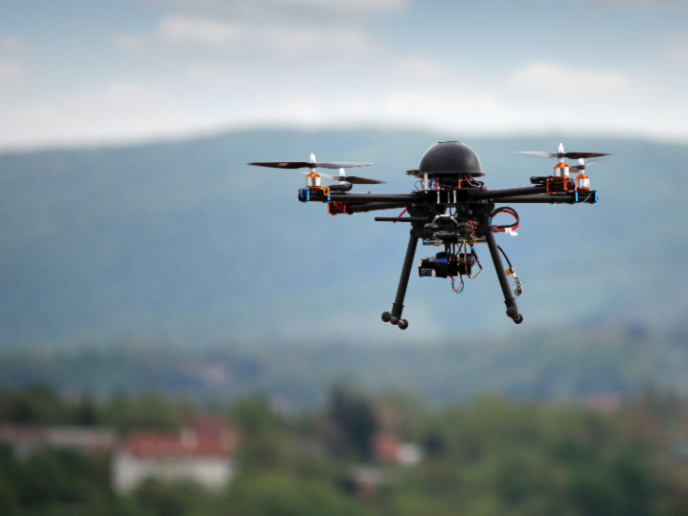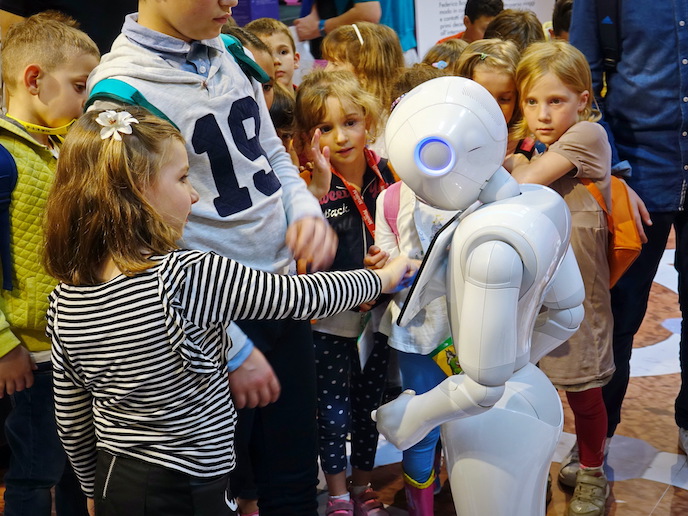Lifelike vision for computers
Computers having realistic vision would be a real advantage in many applications, however achieving this goal is difficult in practice. But all is not lost, as biologically inspired artificial neural systems may offer a way forward. The EU-funded EYE2E (Building a visual brain for fast human machine interaction) project built international capacity and cooperation in the field, via a staff exchange programme. The research involved software simulation and hardware production, ultimately to design very large-scale integrated chips with applications in human-machine interaction. Such chips follow parallel computing principles. The work also addressed the modelling of biologically-plausible visual neural systems and the integration of multiple visual systems. Researchers successfully achieved all goals as a result of fostering staff exchanges and running training seminars, joint workshops and conferences. Around 48 researcher secondments covering periods of 1 to 2 years took place. Additionally, the research yielded over 30 journal and conference papers. The EYE2E project’s new chip designs advance the field of machine vision, specifically the area concerning human-machine interaction. The results could yield applications in areas such as intelligent robots, surveillance and video games.







